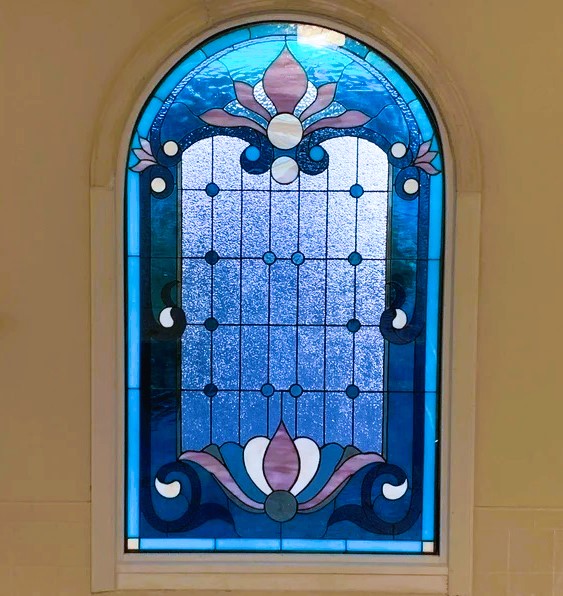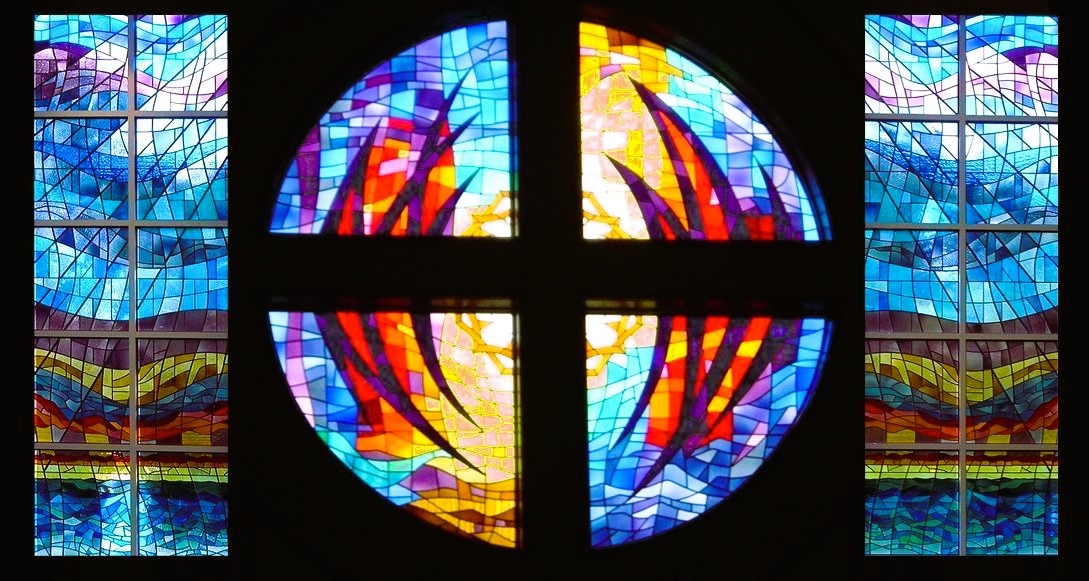Windows are not just functional elements of a building; they can be a canvas for art and expression. Stained glass windows have been a part of architectural history for centuries, adding beauty, color, and a touch of artistry to spaces of all kinds. In this article, we will explore the art of stained glass, its history, techniques, and how it can be used to customize your windows, turning them into exquisite pieces of art.
A Glimpse into the History of Stained Glass
The history of stained glass dates back to ancient times, with its origins rooted in the Roman Empire. However, it was during the medieval period in Europe that stained glass truly flourished. Stained glass windows adorned the grand cathedrals and churches of the era, telling stories from the Bible and serving as a form of visual education for the masses.
One of the most famous examples of stained glass art is the stunning rose window of the Notre-Dame Cathedral in Paris, which dates back to the 13th century. Over the centuries, stained glass continued to be an integral part of religious architecture, and its popularity gradually spread to secular buildings.
The Art of Stained Glass
Stained glass is a form of art that involves creating colorful compositions using pieces of colored glass. The process of crafting stained glass windows is a meticulous one, involving several key elements:
1. Glass Selection
The artist carefully selects glass pieces based on their color, texture, and opacity. Each piece is like a brushstroke on the canvas of the window.
2. Design
The design is crucial to the final piece. It can be purely decorative, telling a story, or featuring intricate patterns. It is typically drawn on a full-scale cartoon that serves as a template for the final window.
3. Cutting and Shaping
The selected glass pieces are cut and shaped according to the design, using specialized tools. Each piece must fit perfectly into the overall composition.
4. Lead Caming
The individual glass pieces are held together with lead strips called cames. The cames provide structural support and create the characteristic black lines that outline the glass sections.
5. Soldering
The joints where the cames intersect are soldered together. This step not only ensures the stability of the window but also seals it against the elements.
6. Framing and Installation
Once the stained glass panel is complete, it is typically framed in a supporting structure and installed in a window opening.
Customizing Your Windows with Stained Glass

Stained glass can be customized to suit your specific tastes and needs. Whether you want to add a touch of artistry to your home, create a unique architectural feature, or preserve a cherished memory, stained glass offers endless possibilities. Here are some ways you can customize your windows with stained glass:
1. Home Decor
Stained glass panels can be designed to complement your interior decor. They can be used as room dividers, cabinet doors, or decorative elements in doors and windows. The role of energy-efficient windows in a sustainable lifestyle in Canada, more details in our article.
2. Personalized Design
You can work with a stained glass artist to create a design that reflects your personal style and interests. This could include your favorite colors, motifs, or even a representation of your family’s history.
3. Privacy and Light
Stained glass provides an elegant solution for maintaining privacy while allowing natural light to filter through. It can be used in bathroom windows, front doors, or any area where you want to balance privacy and illumination.
4. Religious or Inspirational Themes
If you have a religious or inspirational connection, stained glass windows can be designed to incorporate meaningful symbols, scenes, or messages.
5. Architectural Enhancement
Stained glass can enhance the architectural beauty of your home. It can be used in transom windows, sidelights, and entryways to create a striking first impression.
Maintaining Stained Glass
Stained glass is a durable and long-lasting art form, but it does require some maintenance to retain its beauty. Regular cleaning with a soft cloth and mild detergent can help keep it looking its best. Additionally, inspecting the lead caming for any signs of deterioration and addressing any issues promptly is important to ensure the structural integrity of the window.
Exploring More About Stained Glass
To learn more about stained glass art and explore various styles and techniques, you can visit Canada.ca website. These resources provide insights into the history of stained glass, different artistic approaches, and the cultural significance of this unique art form.
In conclusion, stained glass is a timeless art form that can be used to customize your windows and enhance the beauty and elegance of your living spaces. Whether you seek to add a touch of artistry to your home or create a meaningful, personalized design, stained glass provides a wealth of possibilities for customizing your windows and making a lasting artistic statement.


